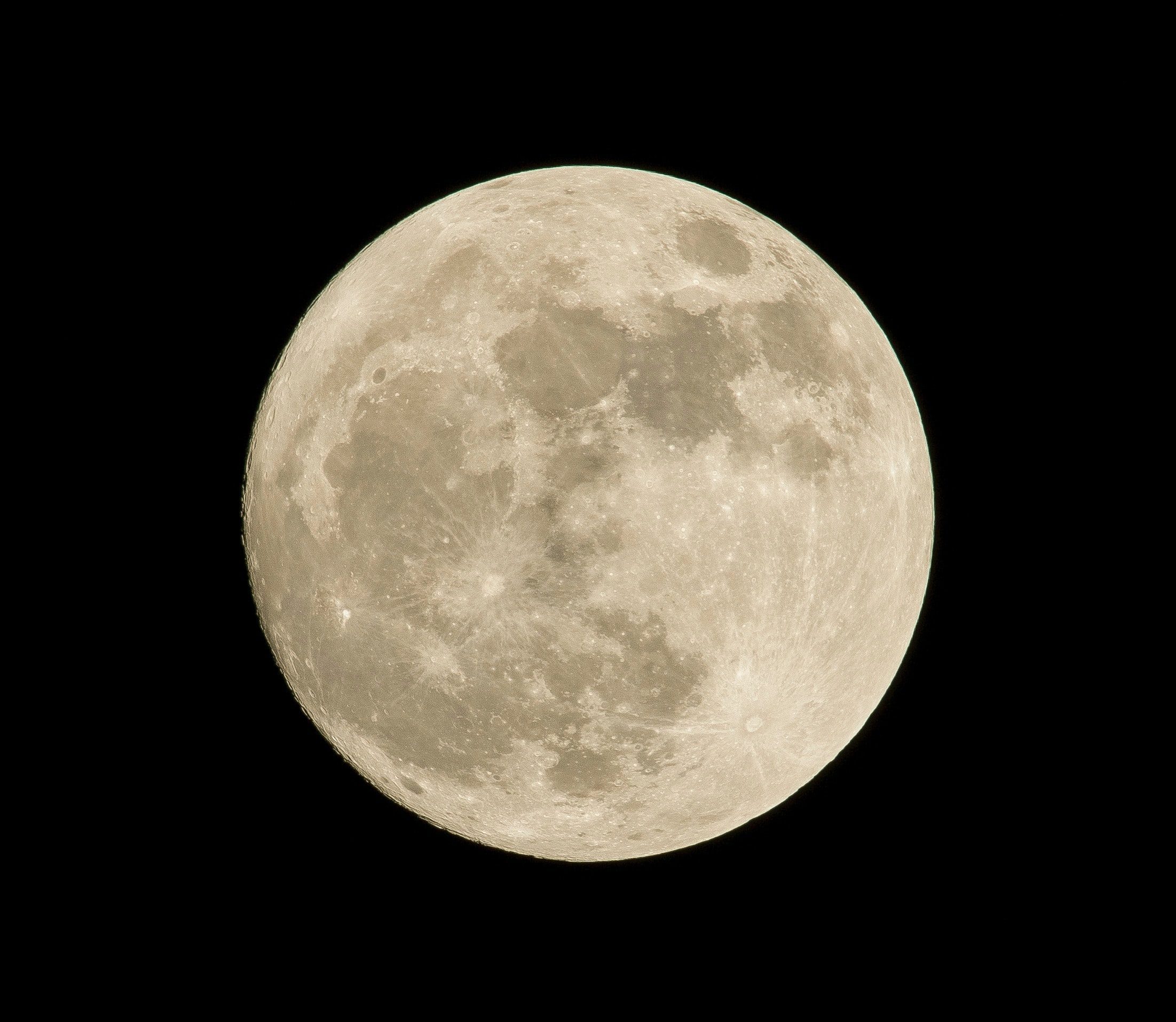The supermoon which will only appear twice this year will be observable with the naked eye on Monday.
Qatari skies will host a “supermoon” this holy month of Ramadan, the Qatar Calendar House announced.
A “supermoon” refers to a full moon except that it appears approximately 14% larger than the usual moon, and 30% more luminous.
This is because it’s about 358,000km from the centre of the earth.
On Monday, all residents and visitors in Qatar will be able to see and observe the Supermoon phenomenon with the naked eye, said Dr. Beshir Marzouk, astronomer at the Qatar Calendar House.
The special moment can be experienced from Monday evening until just before Tuesday’s sunrise. The time of the moonrise in Qatar will be at 5:22pm on Monday, and it will set at 5:10am the next day in Doha local time.
According to NASA, this will be the first of two Supermoons in 2021, with the second expected to appear in May. Both are set to be virtually similar in terms of size and brightness.
April’s Supermoon is known as the “Pink Moon” although it does not shine pink in the sky. The name comes from the early springtime blooms of a certain pink wildflower native to eastern North America called “Phlox subulata.”
Read also: Red planet to meet Ramadan crescent in Qatar’s skies this weekend
It has also been called the Sprouting Grass Moon, the Egg Moon, and the Fish Moon, according to NASA.
The moon is always the same colour and will appear golden in the sky.
However, sometimes the moon can look pinkish as it rises in the early morning due to oxygen and nitrogen particles in Earth’s atmosphere.
Oxygen and nitrogen could scatter colours made by natural lightning. Usually, it affects colours with longer wavelengths, such as red, orange, or yellow. So when the moon settles low on the horizon, where the atmosphere is at its thickest, those colours dominate what the naked eye sees, which justifies the pinkish hue that appears sometimes.
To get a nice and clear view of the Supermoon, experts recommend heading outside either just after moonrise, when the moon is still low, or as the moon is setting in the evening.
However, experts say that full moons that are higher up in the sky appear dimmer and smaller than when they are close to the horizon.
If you miss this Supermoon, don’t worry- the next one is on 26 May, and according to NASA, the second one, known as the Flower Moon, will be 160 kilometres closer to Earth than the this week’s pink moon.







